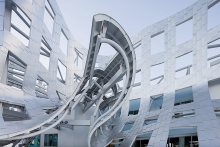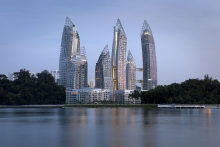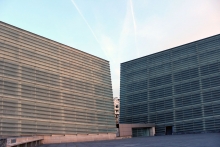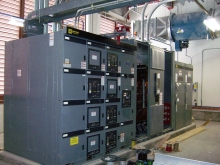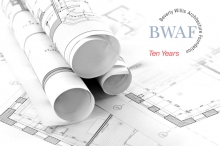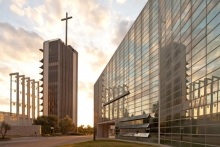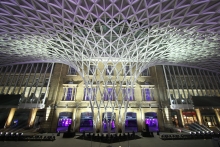Where an architect created harmony and balance, locals see discord and ostentation.
San Sebastian, in Spain’s Basque country, is one of those incredibly majestic places you can visit once and never forget. Unlike many of Spain’s Mediterranean towns that have been massively overdeveloped over the years, San Sebastian still offers breathtaking beaches and wide boulevards, perfect for that famed Spanish strolling. The city of San Sebastian has class, style, and, of course, spectacular views of the Bay of Biscay. It’s easy to see, then, why local residents are quite protective of any development proposals in their idyllic hometown.

